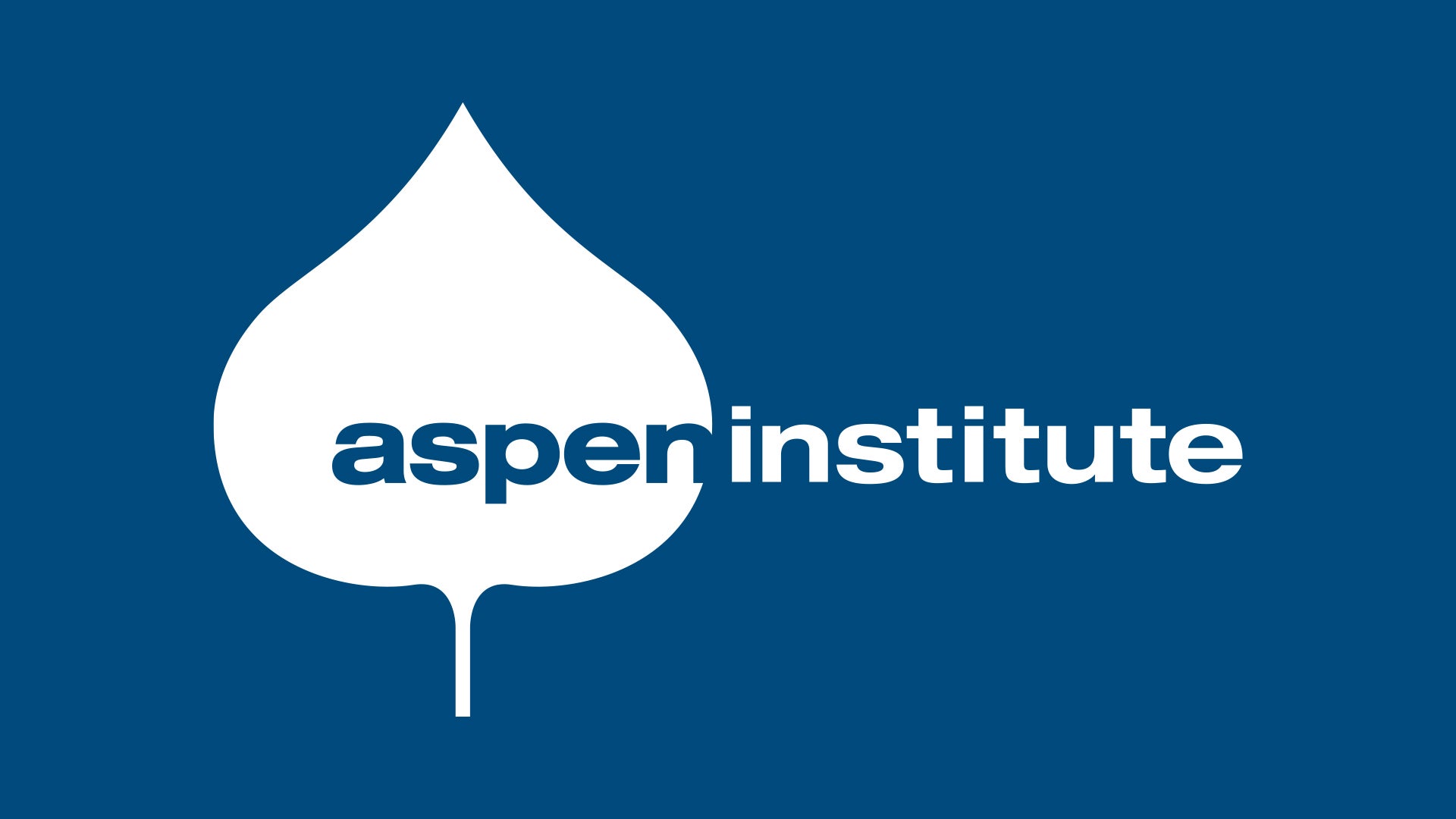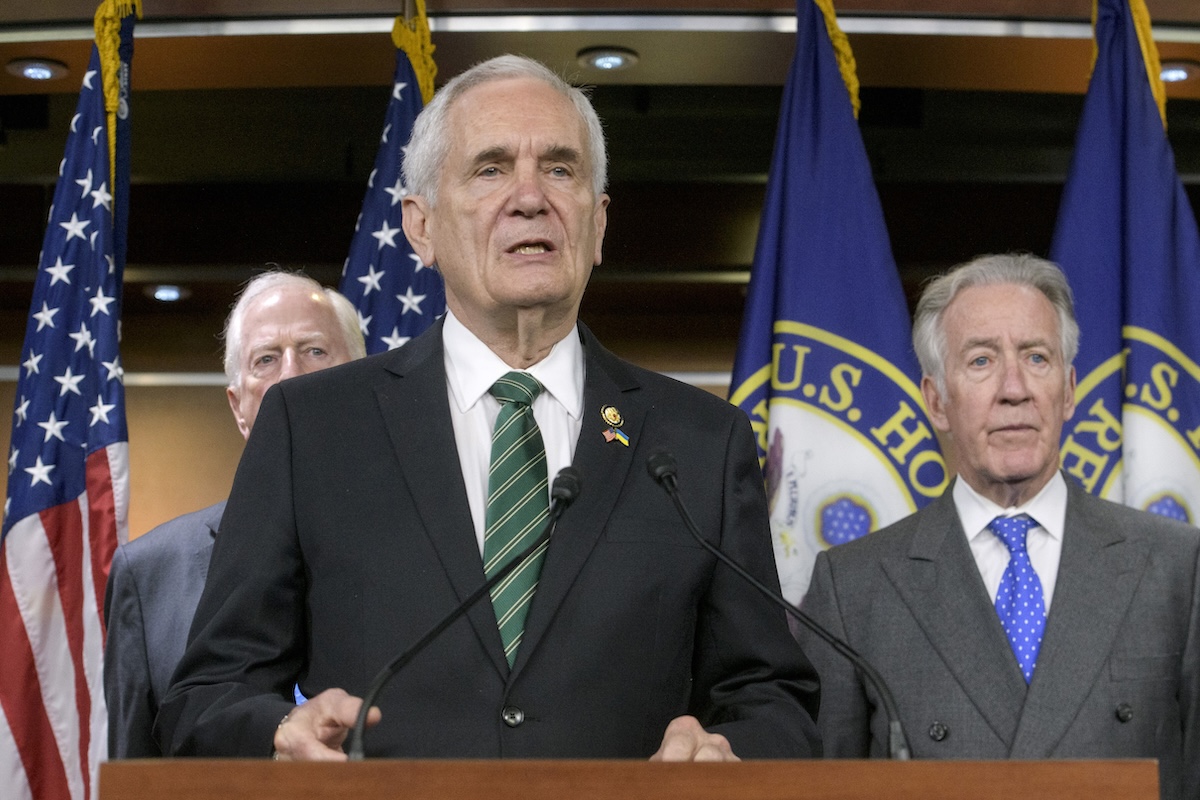Leaving The SAVE Plan: Options For Borrowers


For months, federal student loan borrowers enrolled in the SAVE plan have faced a decision: should I leave SAVE now, or should I wait out the forbearance longer?
The Department of Education, of course, has been very forceful in their messaging encouraging borrowers in SAVE to change repayment plans now. On the other hand, the One Big Beautiful Bill Act (OBBBA) gave a more measured timeline – possibly until 2028 to make the switch. Furthermore, the OBBBA implemented a new repayment plan called the Repayment Assistance Plan (RAP), but that doesn’t go live until 2026.
Nelnet, one of the major loan servicers, has even started moving borrower’s SAVE forbearance dates out until 2028.
The uncertainty has left many borrowers asking the same question: should I leave SAVE now, or wait to see what happens? For most, the choice depends on financial circumstances, forgiveness timelines, and long-term repayment goals. But it would be rare for any borrower to want to stick around until 2028. Most should have a clear path no later than mid-2026.
Borrowers who choose to change repayment plans out of SAVE currently have three main repayment paths:
1. Standard Repayment Plans
These include Standard, Extended, or Graduated repayment. Standard repayment is straightforward: 10 years of fixed monthly payments until the debt is gone (this could be longer if you consolidated).
Extended and Graduated allow for longer terms or smaller payments early on.
All three of these plans full repay the loan during the loan term.
2. Income-Based Repayment (IBR)
IBR remains a viable option, especially for borrowers with modest incomes. Post-2014 borrowers pay 10% of discretionary income, while pre-2014 borrowers pay 15%.
Importantly, IBR qualifies for PSLF, making it attractive to public service workers.
For those with low incomes, monthly payments can remain at $0, while still counting toward forgiveness. For borrowers with low incomes on SAVE, this could be a compelling option to resume “qualifying payments” while also keeping a low payment.
It’s also important to note that switching now would use your 2024 tax return (assuming you filed one). If your income has increased in 2025, this could be a good time to change to ride out a year of lower payments before they rise based on your current income.
3. Repayment Assistance Plan (RAP)
Scheduled for 2026, RAP is going to be the newest repayment plan and sets your monthly payment at $10 up to 10% of your Adjusted Gross Income (AGI).
The RAP plan may be a more compelling option for borrowers versus IBR – especially for lower or middle income borrowers.
You can use our free Repayment Assistance Plan (RAP) calculator to understand what your monthly payment would be.
If RAP does have a significantly lower payment, it could be worthwhile to remain in the SAVE forbearance and simply switch to RAP directly when it’s live next year.
Some groups benefit from leaving SAVE immediately:
There are cases where waiting still makes sense.
If RAP is the lower payment option for you, waiting a few more months to move into RAP directly makes sense.
At that point, staying in SAVE may only make sense for those in extreme financial distress. Once RAP is live, we know all the repayment options. We also know all the pathways to loan forgiveness. Waiting around in forbearance serves no purpose.
If you can’t afford either IBR or RAP payments, now is the time to work on your budget and plan accordingly, because you will have to resume payment eventually (or end up in student loan default – which is magnitudes worse).
The Department of Education should be rolling out the new RAP plan next summer. When that happens, all options will be available to borrowers to clearly make a choice.
Nelnet’s latest forberance moves lasting until 2028 should not be interpreted as a guarantee. Furthermore, it really doesn’t make financial sense to wait that long. If you can’t afford your payments under IBR or RAP, make the moves you need now.
For most borrowers on SAVE, you should be switching to a new repayment plan now, or at least planning to when RAP goes live next year. There really should not be anyone “riding it out” intentionally.
Don’t Miss These Other Stories:

Debt collectors are known to be pushy. Fortunately, the Fair Debt Collection Practices Act (FDCPA) gives you tools to make...

Cinthia Schuman Ottinger Deputy Director for Philanthropy Programs Written in partnership with Kimberly Hestermann, Fall 2025 Hearst Fellow This fall, leading...

House Democrats, led by Rep. Lloyd Doggett of Texas, have introduced the HSA Consumer Protection Act to tighten rules on...